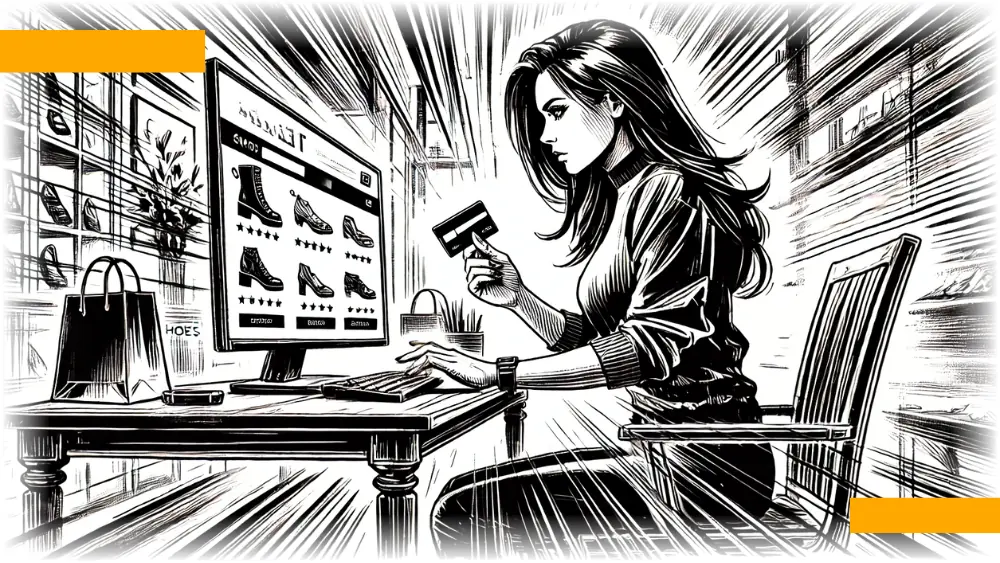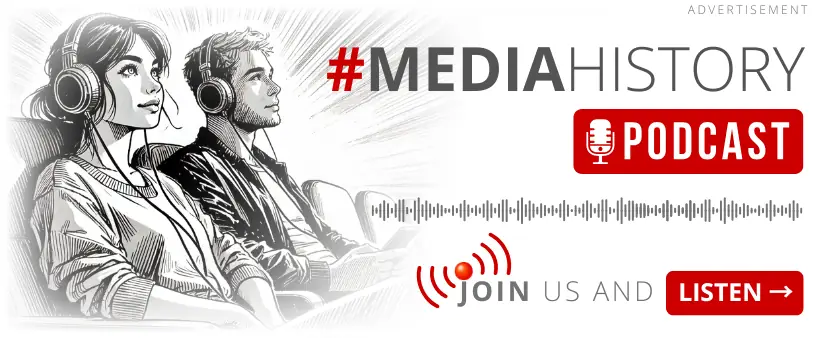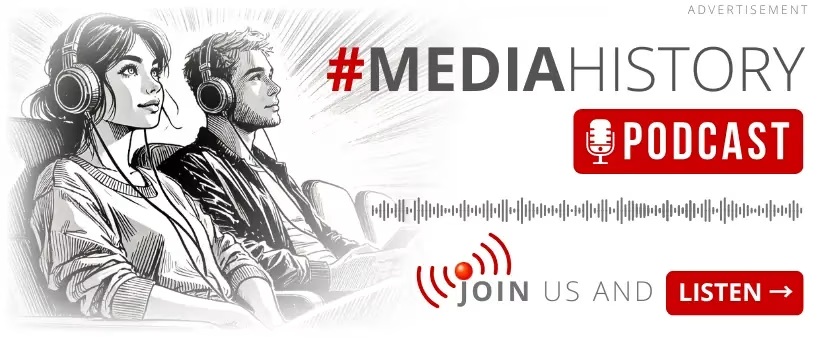 ilustracja: DALL-E
ilustracja: DALL-EOrganic traffic remains number one
Among all traffic sources in Polish e-commerce, organic dominates. It accounts for 44.56% of total traffic - more than any other channel. For comparison, direct visits make up 36.06%, and paid traffic just 7.7%.
Data from the report "SEO and Content Marketing in Polish E-commerce", prepared by analysts at Harbingers, clearly shows that this channel still plays a vital role in sales. For industry leaders, visits from organic reach up to 50%. Yet effectively using this channel remains a challenge for many businesses.
| Traffic source | Average traffic share |
|---|---|
| Organic | 44.56% |
| Direct | 36.06% |
| Paid | 7.70% |
| Social | 6.96% |
| Referrals | 3.88% |
| Display Ads | 0.75% |
| 0.10% |
Stores that know how to harness this channel gain not only a cost advantage but also a brand advantage - users arriving from search results are more likely to convert than those coming from ads.
Only a few are growing
Out of 1,000 surveyed e-commerce companies in Poland, only 295 - just under 30% - saw a year-over-year increase in organic traffic. That’s alarming, given how much emphasis is placed on SEO and content in marketing strategies.
Many e-commerce owners invest in content but fail to optimize it effectively. Search traffic is the result of long-term, methodical work. Without it, results remain stagnant, and competitors pull ahead.
A positive example is DOZ.pl, the report’s leader, which generated 3.7 million annual visits - an increase of over 26%. But such cases are rare.
Weak content is the biggest enemy
The Harbingers and Openfield report shows that 38% of companies produce content that is too short, too shallow, or simply copied from other sources. There’s a lack of strategy and understanding of user needs. As a result, content doesn’t help - it actually harms. Users leave, and Google drops the site’s ranking. In practice, this means mistakes like:
- publishing content without keywords
- no internal linking
- no updates to older materials
- no alignment with user intent
Instead of "how to choose a tablet as a gift", you get "tablet - our new arrivals". That difference determines whether you rank in the top 3 - or not at all.
9.5 million visits down the drain
One particularly painful stat for the industry: Polish e-commerce loses 9.5 million visits per month due to ineffective content that generates no traffic. This comes from analyzing over 104,000 content pages - guides, blogs, articles - that recorded zero search traffic. Instead of attracting users, they clutter Google’s index.
| Metric | Value |
|---|---|
| Stores with active content sections | 97.3% |
| Pages generating no traffic | 104,490 |
| Average visits per content page | 165 |
| Total visits lost monthly due to ineffective content | 9.5 million |
This leads to real revenue loss. For stores selling products with a 5% margin, even 1% of those lost visits could translate to hundreds of thousands of złotys. It’s like investing in store shelves that no one visits. The cost is real - the results are not.
Artificial intelligence. An untapped advantage
Only 16.9% of companies are successfully integrating AI into their content marketing efforts. The rest struggle to use its potential - automating product descriptions, analyzing user intent, or optimizing content. This is surprising given the availability of tools like ChatGPT, Claude, or Gemini. AI can generate title ideas, build article structures, and suggest keywords. Teams not using these tools work more slowly and at higher costs.

The gap between companies using AI and those avoiding it is widening - similar to the divide we once saw between those investing in SEO and those relying solely on paid campaigns.
The final issue covered in the report is visibility in AI-generated answers - a new and increasingly important traffic source. Nearly 38% of Polish e-commerce brands don’t appear in such responses. This means that when a user asks "best smartwatch under 1000 zł" in Perplexity or Gemini, that company’s offer won’t show up - even if it has a great product and price.
Presence in AI is the new visibility ranking. It’s not enough to rank high in Google - you also have to show up in language model responses. Yet many companies don’t even know this can be tracked and optimized.
***
The report "SEO and Content Marketing in Polish E-commerce" combines data from tools like Ahrefs, Similarweb, Senuto, and proprietary Harbingers analysis with a qualitative CATI study conducted by Openfield among more than 200 Polish e-commerce decision-makers. You can download it for free at raport.harbingers.io/ecommerce-cm-seo-25
COMMERCIAL BREAK
New articles in section Marketing and PR
Dance in the media mirror. Between culture, business and viral fame
KFi
Over 78,000 media pieces, 1.6 billion potential views, and 197,500 social media mentions-dance in Poland is no longer niche. With a combined media value exceeding PLN 800 million, it now outperforms MMA, handball, and hockey.
PR in Poland. Ranking of the largest public relations agencies 2025
KFi
The smallest teams often generate the most publications, and agencies outside Warsaw are increasingly capturing media attention. This unexpected distribution of power is one of the key findings from the 2025 PR Agency Ranking in Poland, developed by Widoczni and IMM.
Connected TV and borderless advertising. The ID5 report
KFi
Viewers are moving away from cable TV. And they are doing it en masse. Already 86% of Europeans watch content via Connected TV and global ad spend in this segment is set to double by 2028. The industry is undergoing a communication revolution.
See articles on a similar topic:
When Will Every Advertisement Become... a Store? Omdia Forecasts
KFi
Global consumer spending online is growing at an unprecedented rate. By 2025, it will reach $4.4 trillion, with the US alone accounting for $1.4 trillion. The boundaries between advertising, entertainment, and commerce are blurring, ushering in a new era of digital consumption.
Predictive Analytics in Ads. Customer Doesn’t Know Yet, But Ad Does
Krzysztof Fiedorek
Artificial intelligence is changing the rules of marketing. Predicting customer behaviors through advanced AI algorithms and making data-driven decisions is already the present. The report "The State of AI," published by McKinsey, shows the impact this will have on the advertising and marketing industry.
Costs of link building are way overestimated. A major analysis by Adsy
Krzysztof Fiedorek
A guest post for $45? Or maybe $4595? Price differences reach up to 100x, and the market is full of absurdity: sellers demand fortunes, buyers pay a fraction. The beauty industry costs less than literature, and Ireland beats the US hands down. Analysts at Adsy have taken a deep dive into the SEO trade.
Influencer Advertising. Teenagers Do Not Always Recognize It
KFi
The rise in the popularity of influencer-promoted content among young people raises issues with their ability to identify the commercial nature of this content. Subtler forms of promotion are often completely unrecognizable to younger teens.





























